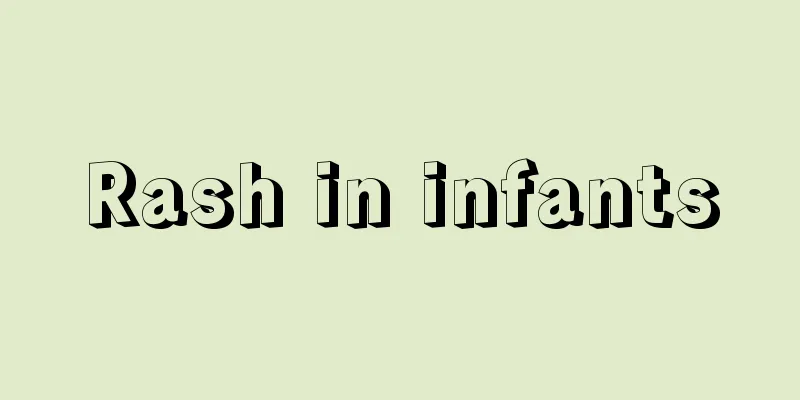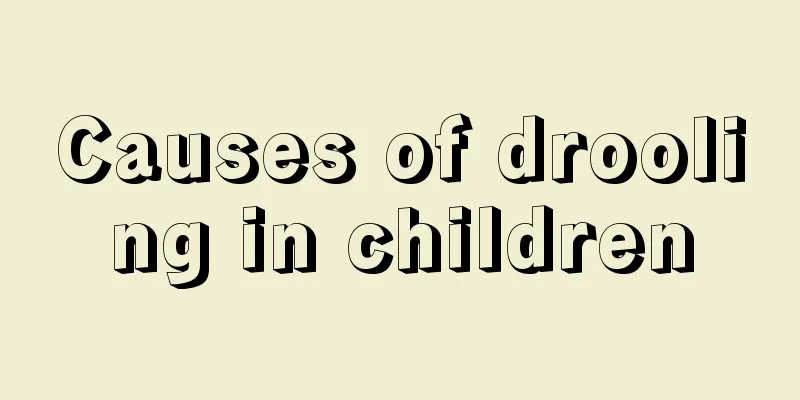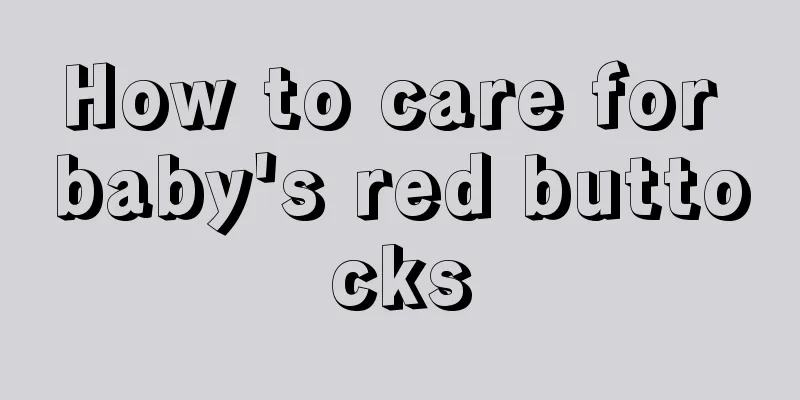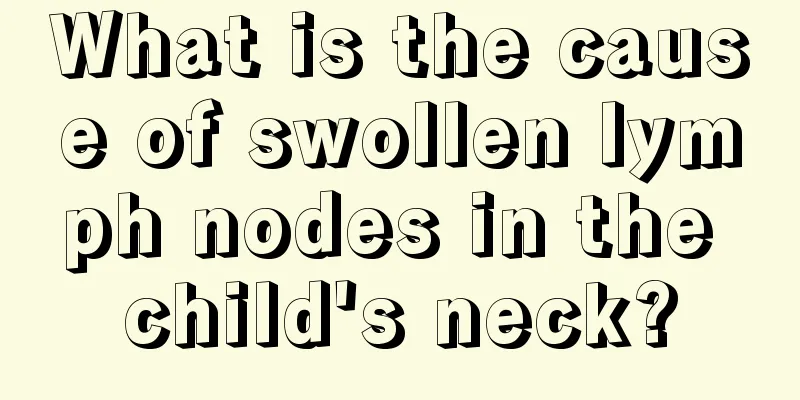Treatment of chronic granulomatous disease in children
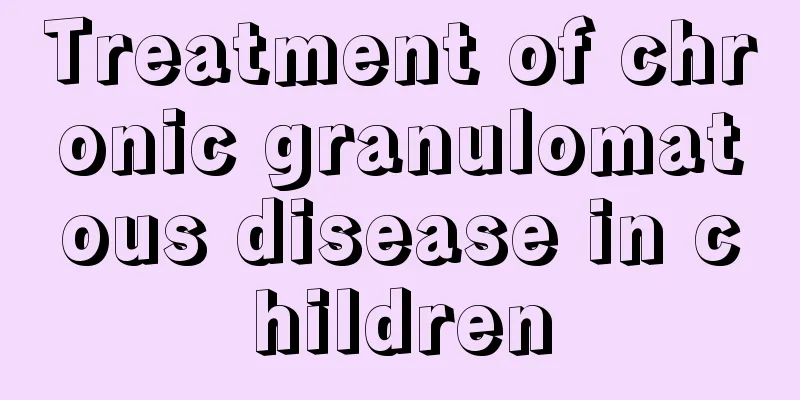
|
Chronic granulomatous disease in children is a hereditary disease, which sounds very scary. Most patients are born with this disease, and many are discovered when they are less than two years old. Therefore, seeing such a young child suffer is something that no parent can bear. Is there any treatment for this type of chronic granulomatous disease in children? The editor will give you some general knowledge below. 1. Drug treatment: (1) Antibiotic treatment: focuses on preventing and treating infection. Once CGD patients develop an infection, they require further strong anti-infection treatment, including identification of pathogens and drug sensitivity testing. (2) Interferon treatment: Human recombinant interferon-γ can increase NADPH oxidase activity and significantly reduce the frequency and severity of infection. 2. White blood cell transfusion and blood transfusion therapy: Blood transfusion can correct anemia caused by persistent severe infection. White blood cell transfusions can be used to control life-threatening infections, and there are reports of successful treatment of CGD patients with multiple liver abscesses using white blood cell transfusions combined with interferon. 3. Gene therapy and bone marrow transplantation: The patient's hematopoietic stem cells are transfected with wild-type target genes packaged by retroviruses and can be differentiated into mature neutrophils and monocytes in vitro, and their NADPH oxidase activity is corrected. Successful stem cell transplantation can increase the circulating NBT-positive cells in children and improve their clinical symptoms. 4. Treatment of obstructive lesions: Antibiotics and oral hormone therapy can relieve symptoms of gastrointestinal obstruction and urinary tract obstruction. Surgery can be used to treat obstructive lesions in CGD patients, but postoperative complications are more common. Sulfasalazine (sulfapyridine salicylate) can be used to treat gastric pyloric obstruction. Adrenal cortical hormones should not be used as they may aggravate granulocyte dysfunction. In summary, there are four treatment methods for chronic granulomatous disease in children. Patients can treat the disease through medication, or they can treat it essentially, that is, by transfusing normal white blood cells. There are two remaining methods, both of which can be used. However, it is best to choose the appropriate treatment method according to the condition so as not to delay the treatment time. |
<<: Different types of otitis media
>>: Why are blisters on the child's body?
Recommend
What are the symptoms of hernia in boys?
Many mothers are always worried about their child...
How to treat children's fingernails?
The nail area of the fingers is more susceptibl...
Early symptoms of brain tumors in adolescents
In our lives, many teenagers overuse their brains...
What to do if your child is easily tired
Children are the hope of every family. Everyone h...
Four-year-old child's teeth are black
Generally speaking, children's teeth should b...
11 months old baby milk powder
Baby's milk powder is formulated with differe...
What to do and how to treat a child's red face
Parents don't care much about their children&...
What to do if children have a cold, fever or cough
In our daily life, children's immunity is rel...
What are the key points of caring for a four-month-old baby?
Almost every parent is a first-time mother or fat...
What should be paid attention to during children's circumcision?
If a child has a foreskin that is too long, for t...
Methods of educating young children
When the baby is young, we should not only pay at...
Reasons for weaning babies at the right months
In fact, in daily life, many newborns grow up in ...
How to correct stuttering in children?
When a child is found to have a stuttering proble...
Can anemia in children be cured?
Because many children are suffering from anemia r...
Don't worry if your child has bent legs. Correcting them in time will help
It is a very common phenomenon for children to ha...


